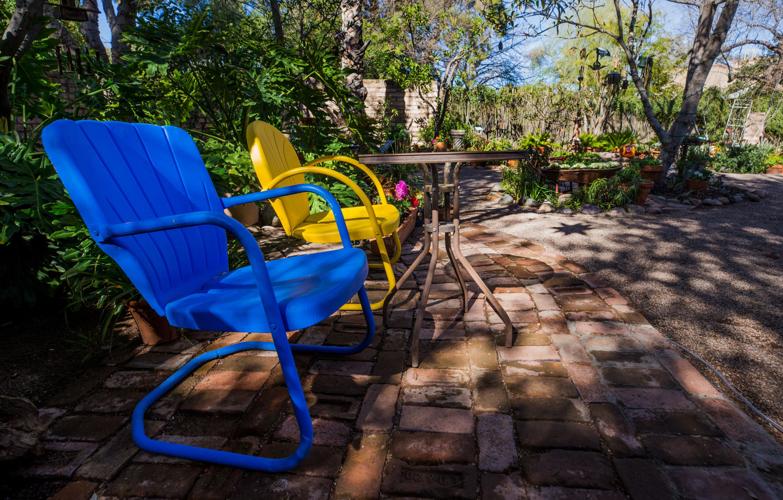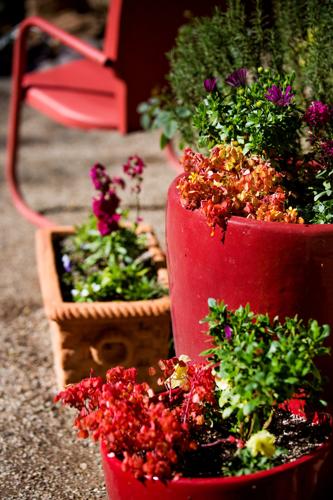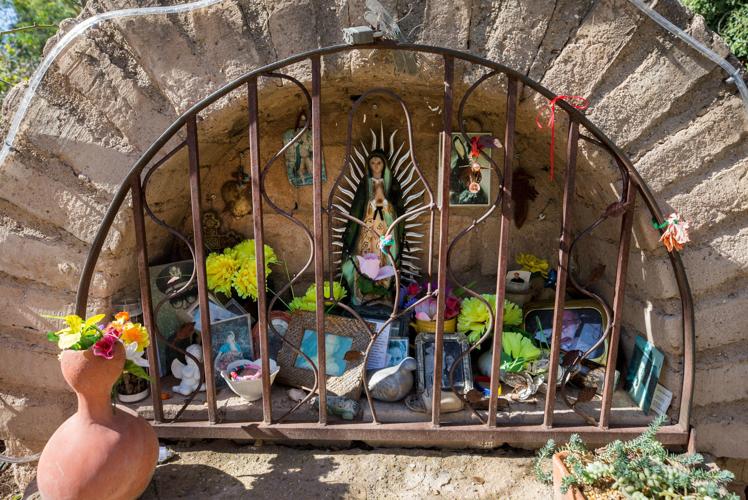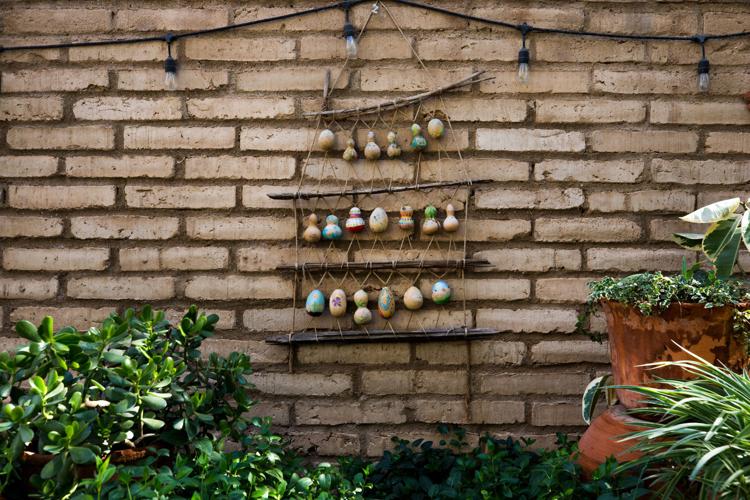A little bit of the Tucson barrio and Sonoran Desert are heading to Washington, D.C., as part of two special public garden exhibits this summer.
The U.S. Botanic Garden is a host of the 2019 conference for the American Public Gardens Association, which draws more than 9,000 public garden professionals, according to its website. It curated the exhibits in conjunction with the June 17-21 Washington gathering.
The Tucson Botanical Gardens and Tohono Chul Park will have installations in two exhibits — the only city identified as having more than one.
“Between our vibrant culture and unique desert environment, it’s no surprise that the Tucson Botanical Gardens’ garden installation and Tohono Chul’s photo display were chosen to highlight the gardens and plants of Tucson and the Sonoran Desert,” says Michelle Conklin, executive director of the Tucson Botanical Gardens.
Jo Falls, Tohono Chul Park’s director of education and visitor services, says the inclusion of both places recognizes work done by public gardens outside of the public-collection centers on the West and East Coasts and the Midwest.
“There’s lots of stuff happening here in the mountain states and even here in the dry Southwest,” Falls says.
BARRIO IN THE BELTWAY

Colorful metal chairs are included in the barrio garden at the Tucson Botanical Gardens. The Washington installation will also include adobe and ocotillo fences, a religious altar and a chimenea, among other items.
Tucson Botanical Gardens’ “Nuestro Jardin,” “our garden” in Spanish, depicts an influenced-by-Mexico backyard landscape that’s found behind many homes in Tucson’s historical barrios.
Conklin says the concept seemed a perfect fit for the Botanic Garden’s May 24-Oct. 1 outdoor exhibit, “Gardens Across America,” given the conference’s theme, “Thrive Together, Diversity Grows Gardens.”
“Immediately we thought of our barrio garden,” Conklin says as she describes how she reacted to the call for proposals for the exhibit. “We saw it as kind of a no-brainer for us. Our barrio garden is beloved and it’s bilingual and it represents the Mexican-American community.”
Landscape designer Maria Voris with McGann & Associates visited the yard of one of her Mexican-American aunts to get a feel for the down-home design that she created for the Washington exhibit.
“Really, it’s a very spontaneous creation,” Voris says.
Her aunt’s yard confirmed what the Tucson Botanical Gardens has on display. Her design for the D.C. exhibit reflects both: old metal chairs, medicinal and edible plants and found items used as pots.
The Washington installation will also include adobe and ocotillo fences, a religious altar, a chimenea, a bottle-lined plant bed and a bed-spring trellis. The centerpiece is a memory tree with lights.

A religious shrine is part of the barrio garden at the Tucson Botanical Gardens. A similar feature will be included in the exhibit being created for the U.S. Botanic Garden in Washington, D.C.
Botanic Garden curators recognized the distinctiveness of the proposal for its 20-garden exhibit, says Ray Mims, partnerships and conservation specialist with the Botanic Garden and an American Public Gardens Association director-at-large.
“This garden design was innovative and very interesting,” Mims says. “It ... really showed who Tucson is and a big part of their audience and culture.”
Conklin agrees: “That’s the one thing about a barrio garden — the barrio garden is about the people and not necessarily about the plants.”
DESERT PALMS
Officials at Tohono Chul Park received the same call for proposals for the Botanic Garden outdoor exhibit. Because of the cost involved, the park opted to submit a proposal for the related indoor exhibit that features 21 public gardens, Falls says.
While actually located in Oro Valley, Tohono Chul Park is identified in the “Celebrating New American Gardens” exhibit as a Tucson public garden, says Mims.
The exhibit, running through Oct. 15, focuses on public plant collections developed in the last five years. The three-photo panel of the park’s “Desert Palms Oasis,” which opened in 2013, shows the display of plants that grow in a Sonoran Desert tropical canyon near San Carlos, Mexico.
The park’s installation includes Mexican fan and hesper palms, as well as Sonoran palmettos. It also has saguaro, fairy duster, brittle bush, palo verde and other plants found in Tucson.











